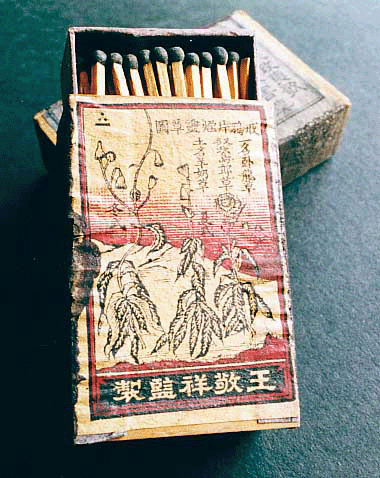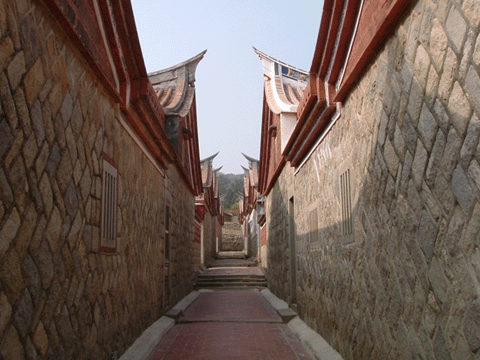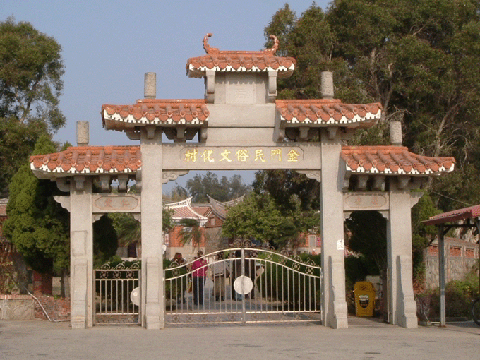As a part of the digitalization project of Kobe University Library, we aim to digitalize “The Document about Wang Jingxiang(王敬祥關係文書)” which belongs to Hyogo Prefectural Museum of History and to disclose the results of work related to overseas Chinese in Kobe which had utilized “The Document about Wang Jingxiang”.
(Cooperation : Seminar of Prof.Yasui Sankichi, Faculty of Cross-Cultural Studies, Kobe University ; Hyogo Prefectural Museum of History ; Kobe Overseas Chinese History Museum)
- What is “The Document about Wang Jingxiang”?
- Who’s Wang Jingxiang?
- Commentary(Japanese)
- About the Project of Cataloging and Republication of the Document
- Catalog Arrangement of “The Document about Wang Jingxiang” and Explanation of Each Document(Japanese)
- The Chronological Table of Wang Jingxiang(Japanese)
- The Catalog of Reference(Japanese)
- Message from Chin Shunshin(Japanese)
- Digital Archive
What is “The Document about Wang Jingxiang”?
“The Document about Wang Jingxiang” means a series of a group of data related to Wang Jingxiang(王敬祥) who had supported the Chinese revolutionaries (Kuomintang(國民黨)(1912-14), Chinese Revolutionary Party(中華革命黨)(1914-19) and so on) from the end of the Qing dynasty(清朝) to the early stage of Republic of China(中華民國). It contains official documents from Nanjing Provisional Government(南京臨時政府), letters from Sun Yat-sen(孫逸仙、孫文), Huang Xing(黄興), Chen Jimei(陳其美), Joint Association of Overseas Chinese(中華民國華僑聯合會)(Shanghai) and Fuzhou Business Assembly(福州商務總會). And it is also included drafts of thesis about current affairs that Wang Jingxiang might write. These articles are precious data which show thought and actual movement of overseas Chinese in Japan who had supported the Chinese revolution around when Republic of China was established.
“The Document about Wang Jingxiang” belongs to Hyogo Prefectural Museum of History in Himeji City now.
![Welcome lunch for Sun Yat-sen at Villa Shokai which belonged to Wu Jintang at Maiko in Kobe(March 14,1913) (diverted to p.18 in [Overview of Sun Yat-Sen Memorial Museum(Ijokaku)])](/media/sites/6/okeisho.gif)
(Mainly refer to “The Document about Wang Jingxiang” written by Matsumoto Takehiko, in [Overseas Chinese Dictionary(華僑・華人事典)] edited by Kani Hiroaki, Shiba Yoshinobu and You Zhongxun (June 2002) Kobundo(弘文堂) p.66)
Who’s Wang Jingxiang?
Wang Jingxiang came from Shanhou Village(山后郷) of Jinmen Island(金門島) in Fujian(福建). He was born in January of 1872. In 1888, he moved to Osaka(大阪), then migrated to Kobe(神戸) in 1892 or 93. In June of 1922, he passed away at his home in Kobe caused by liver cancer, age of 50 at death.
Wang Jingxiang had run “Fuxing Chop(復興號)”, a trading company which belonged to his adopted father, Wang Mingyu(王明玉), from the end of Meiji(明治) to Taisho(大正) era. Meanwhile he had been a comprador (or an exchange dealer) of the Kobe branch of Yokohama Syoukin Bank(横濱正金銀行). He was also in charge of a president of Kobe-Osaka Chinese Association(神阪中華會館), a vise president of Kobe Chinese Tongwen School(神戸華僑同文學校)(Kobe Chinese School now) and a president of Kobe Bamin-gongsuo(八閩公所)(Fujian Center now). Wang Jingxiang was one of the leading overseas Chinese in Kobe.

On the other hand, in 1911, soon before the 1911 Revolution(辛亥革命) occurred, Wang Jingxiang organized United Alliance of Republic of China of Overseas Chinese for Business(中華民國僑商統一聯合會), they supported the Chinese revolutionaries including Sun Yat-sen. After the founding of Republic of China, he became a vise president of the Kobe branch of Kuomintang(forming in August 1912) then a president of the Kobe-Osaka branch of Chinese Revolutionary Party(forming in July 1914), but he persisted in supporting the Chinese revolutionary movement of Sun Yat-sen.

He also developed his birthplace, Shanhou Village in Jinmen Island, then over two generations of both Wang Mingyu and Jingxiang, they built 16 residences and a mausoleum of the Wang family, and “Haizhutang(海珠堂)”, private school(changed the name to “Haizhu School(海珠學校)” after Rep. China). Presently these halls are called “The 18 Halls of Zhongbu, Shanhou Village(山后中堡十八間)”.

(Mainly refer to “Wang Jingxiang” written by Matsumoto Takehiko, (June 2002) Kobundo p.66)
Hyogo Prefectural Museum of History (Himeji City) | Kobe Overseas Chinese History Museum (Kobe City) | Sun Yat-sen Memorial Hall “Ijokaku” (Kobe City) | Kobe City Museum (Kobe City) | Tanaka Match Co.,Ltd “Match Museum” (Himeji City)